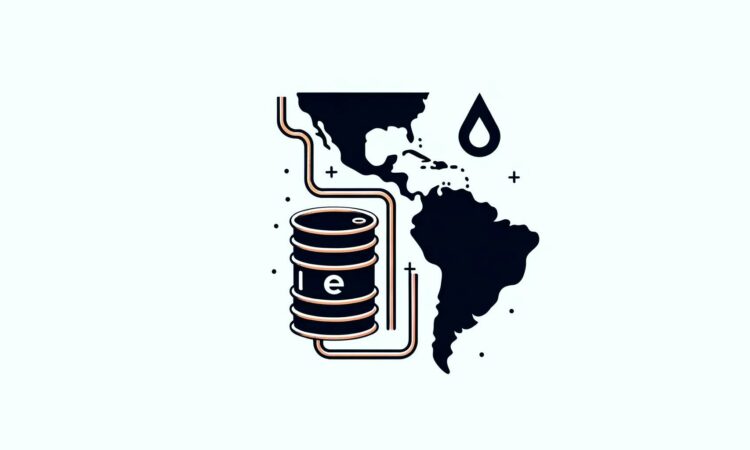
What’s going on here?
Latin American currencies are feeling the pinch as commodity prices waver, with Mexico’s peso experiencing the sharpest drop of 1.5% – putting the region’s economies under pressure.
What does this mean?
Currencies including Brazil’s real, Colombia’s peso, Chile’s peso, and Peru’s sol are under duress as oil and copper prices drop amid erratic demand, heavily influenced by China’s economic strategies. Brazil is striving to restore fiscal confidence as its finance minister caps government spending to ease market fears over financial health. Meanwhile, Mexico sparks debate as the lower house approves a contentious judicial reform, calling for judges to be elected by popular vote. The regional stock market index dipped 1.5%, alongside a minor 0.1% decline in Brazil’s Bovespa index, highlighting vulnerabilities in the mining and energy sectors. Amid these shifts, the IMF forecasts a slowdown in Mexico’s growth through 2025, while Argentina sees improved financial stability, marked by its risk rating falling to its lowest since a major debt restructure in 2020.
Why should I care?
For markets: Currency fluctuations ripple through investments.
The recent drop in Latin American currencies underscores challenges for investors as commodity-dependent economies navigate uncertainty. Price shifts in oil and copper, driven by fluctuating global demand, especially from China, impact market stability. Investors should closely monitor fiscal policies and reforms in the region, as these could stabilize or further unsettle economic conditions.
The bigger picture: Economic policies under the spotlight in Latin America.
As Latin America grapples with the impact of lower commodity prices, the region’s economic framework is heavily scrutinized. Brazil’s expenditure-focused fiscal strategy and Mexico’s judicial reform debate are key to maintaining economic stability. The emphasis on fiscal responsibility and governance may reshape how these nations respond to global economic pressures, potentially influencing their future economic resilience and participation in global markets.
